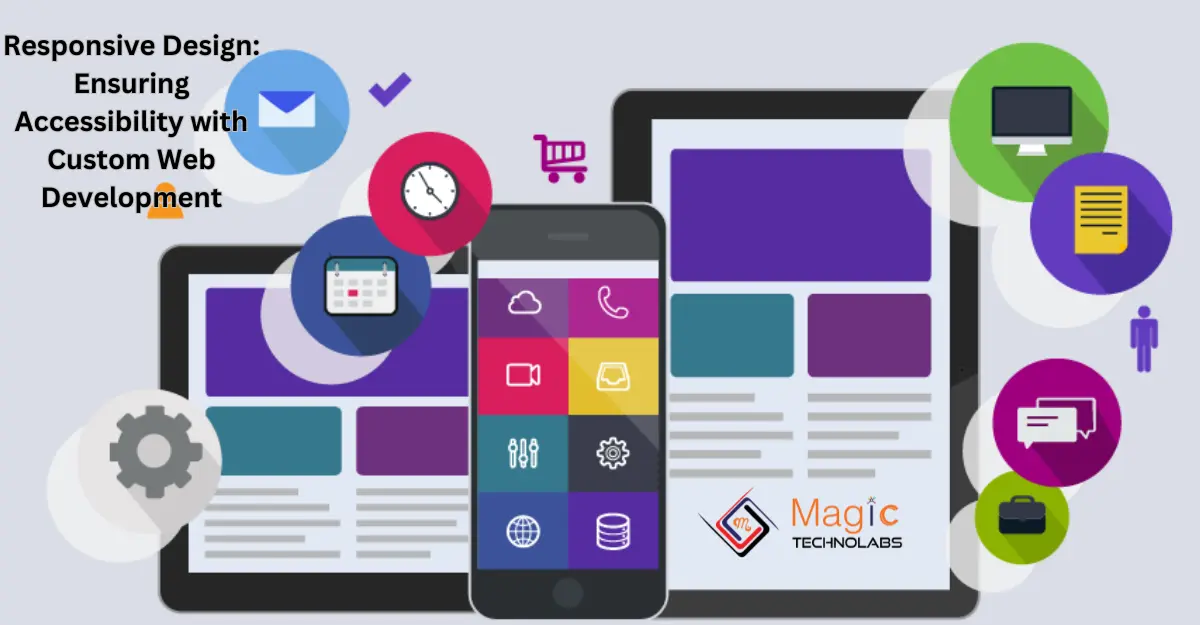Responsive design is a critical aspect of custom web development, ensuring that websites are accessible and user-friendly across various devices and screen sizes. With the increasing use of smartphones, tablets, and other mobile devices to access the internet, it's essential for websites to adapt and provide an optimal viewing experience for users.
Custom web development focuses on creating websites tailored to the specific needs and preferences of the target audience. When implementing responsive design techniques, developers prioritize accessibility by ensuring that websites are easily navigable and usable on any device.
One of the key principles of responsive design is fluidity, which involves using relative units such as percentages and ems instead of fixed units like pixels. This allows elements on the webpage to adjust proportionally to the size of the viewport, ensuring that content remains readable and accessible regardless of screen size.
Another important aspect of responsive design is flexible grids and layouts. Custom web developers utilize grid systems and CSS frameworks to create layouts that automatically adapt to different screen sizes. This ensures that content is appropriately arranged and organized, maintaining usability and accessibility across devices.
In addition to layout flexibility, responsive design also prioritizes media queries, which allow developers to apply specific styles based on the characteristics of the device, such as screen width, orientation, and resolution. By using media queries, developers can optimize the presentation of content for different devices, ensuring an optimal viewing experience for users.
Furthermore, custom web development incorporates accessibility best practices such as semantic HTML markup, descriptive alternative text for images, and keyboard navigation support. These practices ensure that websites are accessible to users with disabilities and comply with web accessibility standards such as the Web Content Accessibility Guidelines (WCAG).
In conclusion, responsive design is a crucial aspect of custom web development, ensuring that websites are accessible and user-friendly across various devices. By prioritizing fluidity, flexible layouts, media queries, and accessibility best practices, custom web developers create websites that provide an optimal viewing experience for all users, regardless of the device they use.
















